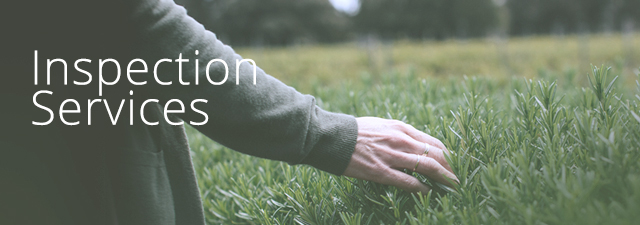Algoma Public Health
Small Drinking Water Systems (SDWS)
Facilities and businesses that do not get their water from a municipal water source could be a Small Drinking Water Systems (SDWS). Owners and operators of SDWS must comply with Ontario Regulation 319/08: Small Drinking Water Systems under the Health Protection and Promotion Act which is enforced by Algoma Public Health (APH). Public Health Inspectors (PHI) conduct risk assessments of SDWS and issue requirements such as water testing, treatment, and training.
Examples of SDWS include:
- Seasonal trailer parks, campgrounds, and resorts
- Restaurants
- Hotels and motels
- Recreational and athletic facilities
- Places of worship
- Airports
- Service clubs and fraternal organizations
- Community halls
- Gas stations with public washrooms
- Drinking water fountains
Have you notified us about your SDWS? Complete our SDWS Opening Notification Form
All water sample results are to be emailed to: ehclerical@algomapublichealth.com
What does a water treatment system consist of?
| Before you choose a treatment device, it is important to follow the manufacturer's instructions for use on all treatment equipment and to have your water tested to confirm the water quality parameters. |
Water treatment may consist of:
- Filtration, and
- Pre-treatment devices, and
- Primary disinfection, and
- Secondary disinfection
- Filtration: Filtration is the removal of suspended particles to allow for successful disinfection. The type of filtration will be different for each SDWS and will depend on the quality of the source water. Some examples include sand filtration, membrane filters and cartridge filters.
- Pre-treatment devices: Additional pre-treatment devices may be required to adjust the water quality parameters to allow for successful disinfection. They may also be installed for the removal of chemicals or to adjust the taste and odour of the drinking water. The requirement and type of pre-treatment devices will be different for each SDWS and will depend on the quality of the source water. Some examples include water softeners, iron, and tannin removal systems.
-
Primary Disinfection: Primary disinfection is the destruction, removal or inactivation of disease-causing parasites, bacteria and viruses that may be found in drinking water. The most common methods used to treat drinking water for small systems are ultraviolet (UV) light and chlorine.
-
Secondary Disinfection: SDWS that have a distribution system may be required to have secondary disinfection. Secondary disinfection is the maintenance of a disinfectant residual in the treated water to help keep water safe throughout a distribution system. The most common disinfectant used in small systems is chlorine.
For more information on source water see Drinking Water Sources
What is ultraviolet (UV) light disinfection?
UV light disinfection involves exposing contaminated water to radiation from UV light. Water passes by a special light that causes the inactivation of parasites, bacteria, and viruses.
What are some important considerations when installing a UV light?
a) Water quality
b) Testing raw water
c) Sharing raw water test results with a public health inspector
d) UV light requirements
- Water quality: UV treatment devices are not effective at treating water if the water is cloudy, turbid, hard, or high in iron. Therefore, the system must be equipped with the required filtration and pre-treatment devices to alter the water quality parameters to allow for successful disinfection. Before you choose filtration and pre-filtration devices, it is important to have your water tested to confirm the water quality parameters and speak with a water treatment specialist.
- Test raw water: It is important to have your raw water tested to confirm the water quality parameters and speak with a water treatment specialist to determine what filtration and pre-treatment devices may be required. The water quality parameters that must be tested include:
- Iron
- Hardness
- Turbidity
- Manganese
- Tannins
- UV transmittance
- Share test results with your inspector: The water treatment specialist you choose should verify the water quality parameters are at or below the acceptable limits prescribed by the manufacturer of the UV light that will be installed. Your inspector may request that owners or operators of a SDWS share water quality test results with them to confirm compliance.
- UV Light Requirements: It is recommended you install a NSF/ANSI Standard 55 Class A UV light. These units are equipped with automatic shutoffs, sensors, flow restrictors, alarms and provide adequate disinfection of drinking water for your users. However, at a minimum, you must follow the manufacturer's instructions for use and the UV light must be equipped with the following:
- Flow restrictor
- UV dose of 40 mJ/cm²
- Sensor to measure UV intensity
- Audible alarm, or solenoid valve (automatic water shut-off) that functions when UV dosage drops below 40 mJ/cm². It is recommended to have an audible and visual alarm, in addition to, an automatic shut-off.
What are some important considerations when using chlorine for primary disinfection?
Operators who choose to use chlorine to disinfect the water must provide APH with an engineer’s assessment of the drinking water system with calculated evidence that disinfection has been achieved. Chlorine treatment involves the mixing of all the drinking water with a specific amount of chlorine for a specific period of time. The time required for disinfection depends on the concentration of chlorine, the pH, temperature, and flow rate of the water.










